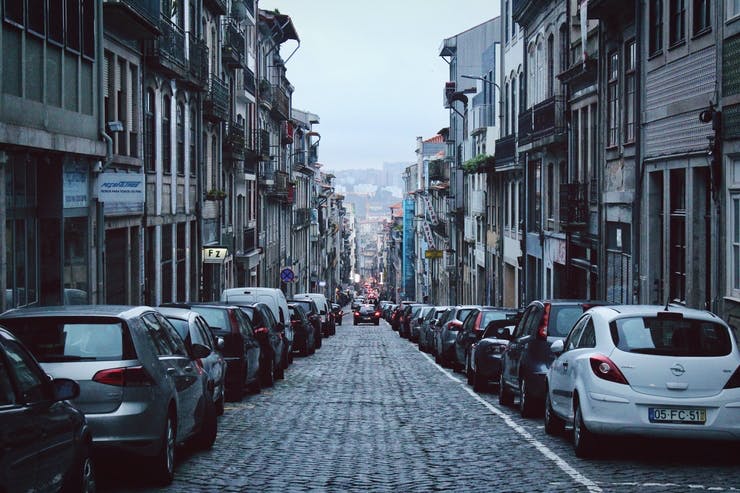Final Offer Expands Listing Insights for Agents & Consumers with Integration of Neighborhood Market & Lifestyle Reports from Local Logic
Partnerships
| 09 Jun 2025

Retailers on Montreal’s commercial streets are having a rough time these days. It’s increasingly common on once-thriving streets like Rue Saint-Denis to see storefronts with “À louer” signs filling the windows. Many business owners feel that something needs to be done, lest they become the next to go under.
As part of a public consultation on this issue, the Chamber of Commerce of Metropolitan Montreal proposed to the city that more parking should be added, based on a survey of 261 business owners. This intuitively makes sense; we’ve all had to buy heavy or cumbersome items that are impractical to lug home without a car. Seen in this light, businesses practically can’t function without a vehicle, and a vehicle practically can’t function without a place to park it. More parking, therefore, should mean more business.
However, looking into the data a bit further revealed a different truth. At Local Logic, we decided to peel back the layers and determine the real story. We spent the time gathering parking data across Montreal — both on-street and off-street — and compared it with the vacancy rates on the city’s commercial arteries.
What we found was that, in general, the streets with the least parking available actually had the lowest vacancy rates, and vice versa.
Rue Masson has just 6% unoccupied retail space, and is served by only 375 nearby parking spots per kilometre. Compare that with Rue Sainte-Catherine Ouest: it has a painful 22.3% vacancy rate, despite over six times the availability of parking. Among the four retail streets in Montreal with the lowest vacancy, none have more than 400 parking spots per kilometre. The findings are summarized below.

Data and chart: Montreal retail streets & parking
These findings may seem counter-intuitive. But there are a number of reasons why parking may not help retail business, and can even be harmful. For one thing, more parking means more cars, more cars means more traffic, and more traffic generally creates a less pleasant atmosphere. Noise from traffic makes sitting on a summer terrasse less enjoyable. More traffic makes for a more dangerous environment, particularly in the anarchic world of parking lots, as well as broadly for children and those with impaired mobility. Additionally, more parking makes for narrower sidewalks, resulting in the jostling for space that is typical on any Saturday on Rue Sainte-Catherine Ouest. And in terms of charm — well, we’ve all seen plenty of Montreal’s beautiful commercial streets on postcards, but not too many featuring parking garages.
Furthermore, research has shown over and over that parking is not critical to retail streets. From 2010 to 2015, Philadelphia removed 3,000 downtown parking spots — 7% of the total — and has seen increased retail vibrancy in that period. In New York, the construction of new bike lanes — using space that could be taken up by parking instead — corresponded with a 24% increase in retail sales nearby. And on top of this, drivers often spend less per month compared to cyclists and pedestrians — nearly two-thirds that of pedestrians, according to one British study. As such, incentivizing drivers might just be bad business..
But all of this misses the bigger picture. Providing more spaces to park, encourages more people to commute and shop via automobile, which leads to more congestion in already-congested areas. More congestion leads to more greenhouse gases and accelerates climate change. At Local Logic, we believe the better way forward is a combination of numerous improvements, including better public transit, more pedestrian-friendly retail environments, and policies that reduce the tax burden on retailers while incentivizing commercial landlords to fill their storefronts.
We empathize with the retail owners who put so much of their time and money into making their businesses thrive, and who help define the character of our most-loved streets. The modern shopper wants to spend time in areas that are beautiful and inspiring and filled with life. Areas that are green and vibrant, with minimal congestion. As consumers we can inherently agree with this, and the data backs it up—more parking is absolutely not the answer.